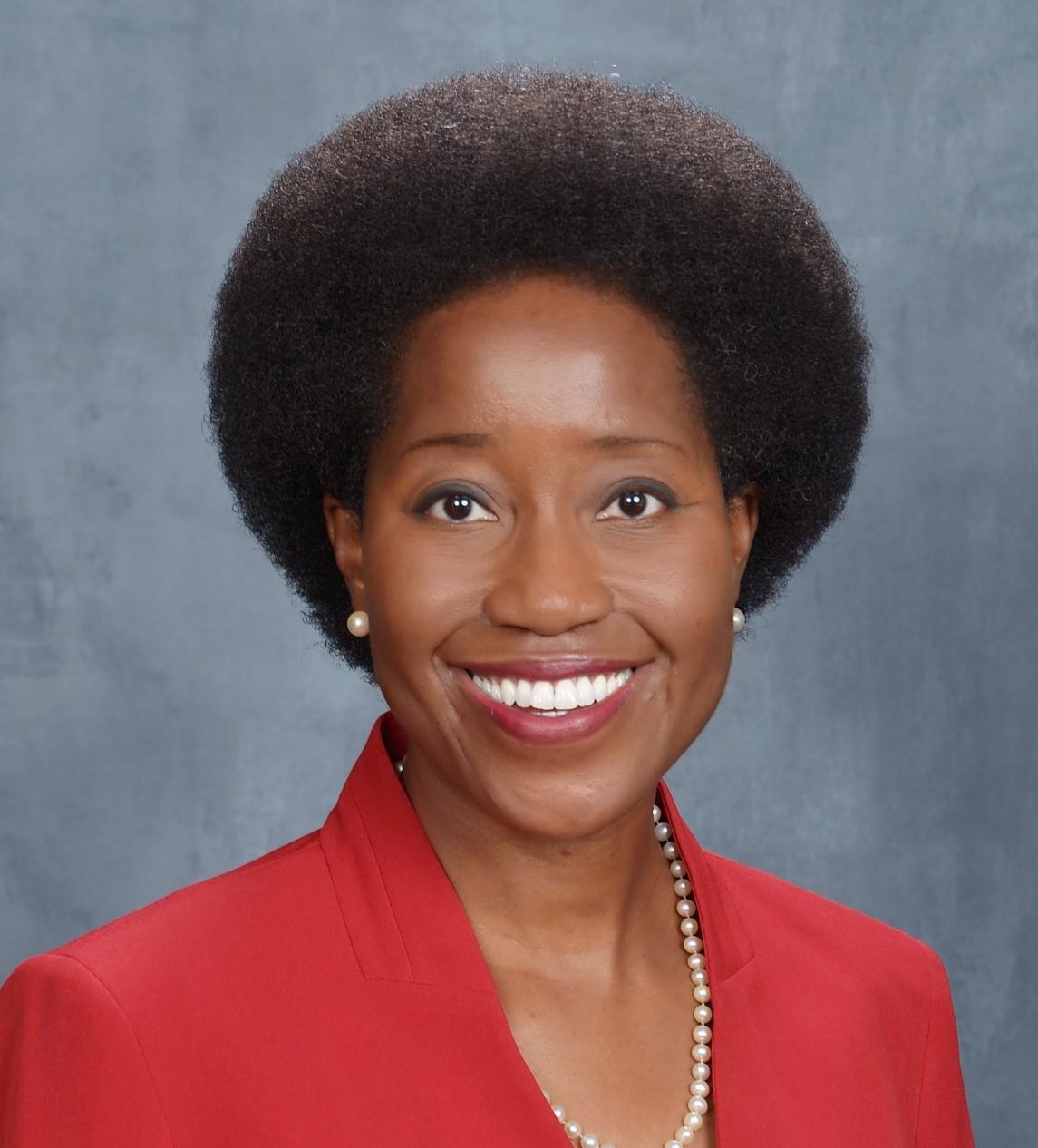Full-Service Community Schools Are Critical Investments for Children and Families in Poverty
In Spring 2020, when schools abruptly closed due to COVID-19, millions of children in low-income communities lost access to free and reduced-price meals. Food insecurity and the risk of hunger subsequently increased for these children and their families. Full-service community schools (FSCSs)—schools that integrate social and health services, extended learning opportunities, family and community engagement, and collaborative leadership—were able to effectively provide many families in challenging financial circumstances with meals and other basic needs during the pandemic, illustrating why FSCSs are an important strategy to address poverty in the United States. The objectives and defining elements of FSCSs make them uniquely able to ameliorate conditions of poverty and extend educational opportunities to students who have been systematically marginalized through inadequate policies and societal neglect.
The United States has a clear need for poverty-mitigating interventions like FSCSs. Nationwide, 11.6 million children under age 18 (16% of the total) were living in poverty in 2020. The distribution of children living in poverty highlights the impact of systemic racism (i.e., racial discrimination embedded in the norms and institutions of a society) on child well-being: 28 percent of Black children, 25 percent of Native American/Alaska Native children, and 23 percent of Hispanic/Latino children are living in poverty—nearly three times the rate among White (10%) and Asian and Pacific Islander (9%) children. Poverty harms children in ways that jeopardize their internationally recognized rights, including their right to an education that helps them “fully develop their personalities, talents and abilities.” Too often, schools serving students who live in poverty lack the necessary resources to promote their success. As an equity-oriented strategy, FSCSs aim to disrupt such disparities.
FSCSs are characterized by four pillars of practice: integrated service provision, extended learning opportunities, family and community partnerships, and collaborative leadership and decision making. Through these four pillars, FSCSs implement a variety of practices that build on the assets and respond to the needs of the children and families they serve. While no two FSCSs are the same, their practices can include onsite medical services to reduce the impact of asthma, poor vision, or other health concerns on school attendance; after-school programs to expand educational content and provide critical supervision during non-school hours; outreach strategies to engage families in school decision making and students’ learning; and expanded leadership structures, which include community school coordinators to build a network of relationships for sustained improvement.
Well-implemented FSCSs are producing positive results for children and families living in poverty, with evaluations reporting improvements in student attendance, graduation rates, behavior, and achievement. Because of such findings, significant federal, state, and local funding is earmarked for expanding and implementing FSCSs. The Biden Administration is proposing over $443 million (15 times the current level) to expand FSCSs—marking a pivotal moment to bring the reform strategy to national scale. Given that most students attending the nation’s public schools are eligible for free and reduced price meals—a common indicator of socioeconomic disadvantage—including FSCSs in plans to address poverty in the United States will ensure a whole school, whole child, whole community approach to teaching and learning that can transform these students’ educational experiences and lives.
Related Content
- Making the Grade: A Progress Report and Next Steps for Integrated Student Supports
- The Expanded Child and Dependent Care Tax Credit Can Reduce Families’ Child Care Burden
- Latino and Asian Households Were Less Likely to Receive Initial COVID-19 Stimulus Payments, a Trend That Reversed for Later Payments
- Early in the COVID-19 Pandemic, Latino and Low-Income Households With Children Were Less Likely to Receive Unemployment Benefits
For more information on full-service community schools and similar conceptual models, please see Child Trends’ 2017 brief on integrated student supports.
© Copyright 2025 ChildTrendsPrivacy Statement
Newsletter SignupLinkedInYouTubeBlueskyInstagram